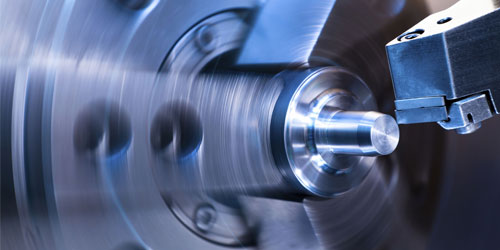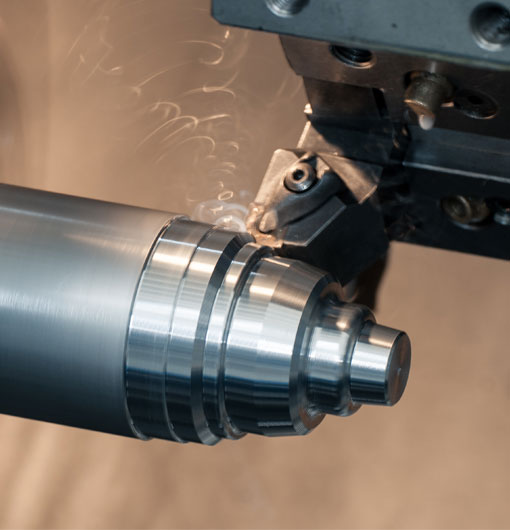In the world of CNC machining, G-codes play a crucial role in controlling the movements and operations of CNC machines. Among these codes, G99 stands out as an important code for turning operations. In this comprehensive guide, we'll dive deep into the usage, applications, and nuances of the G99 CNC code to help you harness its full potential for turning operations. By the end of this post, you'll have a thorough understanding of how G99 works and how to apply it to your machining projects.
Introduction to CNC Turning
CNC turning is a versatile machining process used to create a wide range of cylindrical parts and components. In this process, a workpiece is held in place on a lathe while a stationary cutting tool is moved along the surface of the rotating workpiece, removing material and shaping it according to the desired specifications. Turning operations can be used to create external and internal features on a workpiece, such as grooves, threads, tapers, and chamfers.
What is G99?
G99 is a specific G-code used in CNC turning to control the retract rate of the tool during operations. It determines how quickly the cutting tool moves away from the workpiece when the cutting cycle is complete. G99 is particularly useful during the peck drilling process, where the tool is required to retract from the workpiece multiple times to help remove chips and prevent tool breakage.
G99 is a modal G-code, which means it remains active and in effect until it is replaced by another G-code (in this case, G98). When G99 is active, the tool retraction rate operates in terms of feed per revolution (FPR), allowing the machine to retract the tool at a consistent and controlled rate.
When to Use G99
G99 is used primarily in turning operations during the peck drilling process. Peck drilling is a method used to drill deep holes in a workpiece, where the cutting tool is periodically retracted from the hole, allowing chips to be cleared and coolant to be delivered to the cutting zone. This helps to prevent tool breakage, extends tool life, and ensures a smooth drilling process.
G99 is also used in conjunction with other drilling cycles, such as G73 (high-speed peck drilling), G74 (left-hand threading), and G76 (fine boring). By using G99 during these operations, you can ensure that the tool retracts efficiently, reducing cycle times and improving overall productivity.
How to Program G99
Programming G99 is a straightforward process, as the code itself simply needs to appear in your CNC program before the relevant drilling cycle. Below is an example of how to use G99 in a G73 high-speed peck drilling cycle:
N1 G99 ; Sets the retract rate to feed per revolutionN2 G73...; Starts the high-speed peck drilling cycle
In the code example above, the G99 code sets the retract rate to feed per revolution for the subsequent G73 drilling cycle. Keep in mind that G99 is modal; once it's activated, it will remain in effect until replaced by another mode, such as G98.
Tips for Optimizing G99 Usage
To make the most of G99 during your turning operations, consider these tips:
1. Choose the right retract rate: Ensure that you choose an appropriate FPR for your specific tool and workpiece material. A higher feed per revolution might be suitable for softer materials, while a lower FPR might be necessary for harder materials to prevent tool breakage.
2. Monitor tool wear: Pay close attention to your cutting tools and inspect them for signs of wear. If excessive wear is noticed, adjust your G99 retract rate and cutting parameters accordingly to improve tool life and maintain productivity.
3. Use G99 with other cycles: Combine G99 with appropriate drilling cycles to optimize tool retract rates during multiple operations, such as high-speed peck drilling, left-hand threading, or fine boring.
By mastering the G99 CNC code and understanding when and how to use it during your turning operations, you can optimize your CNC machining processes, reduce cycle times, and ultimately produce higher-quality parts. With this knowledge in hand, you are now prepared to tackle CNC turning projects with greater confidence and efficiency.
g99 cnc code turning













